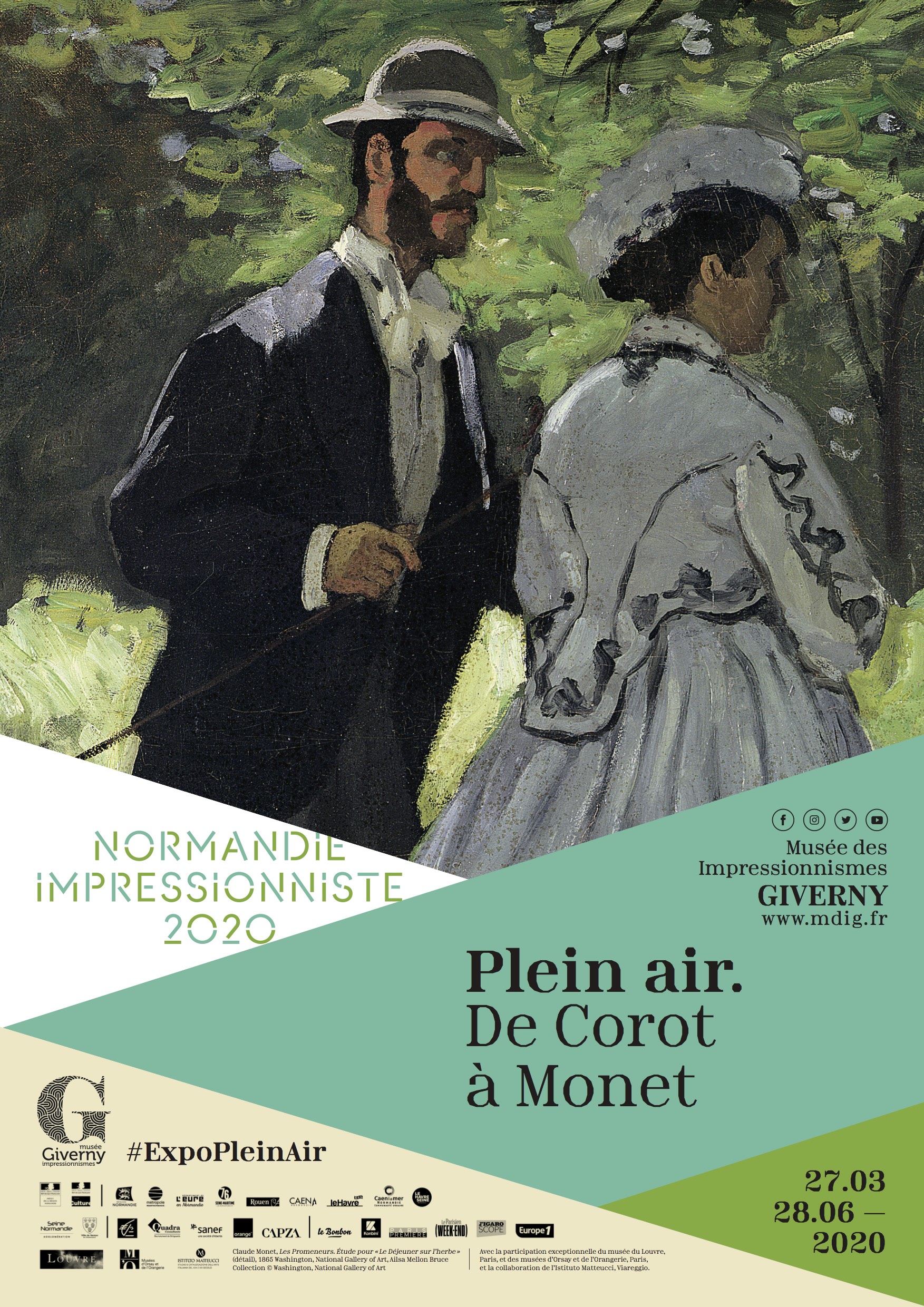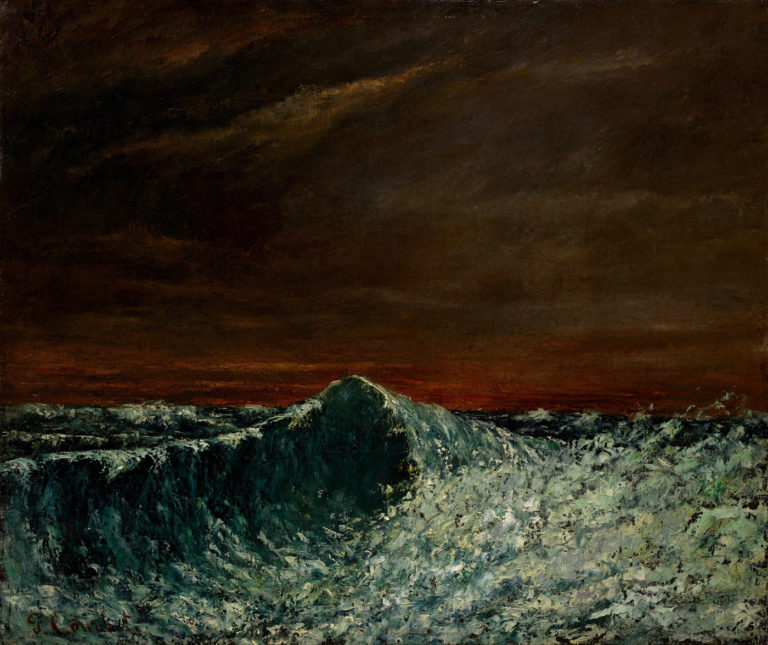Musée des impressionnismes Giverny
Plein air
From Corot to MonetCurator: Marina Ferretti et Vanessa Lecomte
The practice of plein-air painting, championed by the Impressionists and their critics for its authenticity and spontaneity, was not an innovation of the 1870s. It was the culmination of a long process during which landscape painting emerged as a separate genre.
Painters began observing and objectively recording light effects in 18th-century France. In his treatise of 1708, Du paysage, Roger de Piles advised painters to work outdoors. However, painting outside the confines of the studio created serious organisational issues, which had still not been fully resolved by the time of the Impressionists. The artist had to transport cumbersome equipment to his chosen site: a parasol, a folding seat, sheets of paper and a box of paints. He also had to work fast, because the spectacle of nature was continually evolving and a passing cloud was enough to transform a scene, with the light changing and shadows shifting over time.
The musée des impressionnismes Giverny traces the history of plein-air painting, from the 18th century to 1873, the year before the term “Impressionism” was invented. From travelling artists to the Barbican School and the first Impressionists, the exhibition Plein air. From Corot to Monet will present more than 100 works by such artists as Joseph Mallord William Turner, Camille Corot, Eugène Boudin or Claude Monet.
The exhibition "Plein air. From Corot to Monet" is organised by the musée des impressionnismes Giverny, with the exceptional participation of the musée du Louvre, Paris and the musées d’Orsay et de l’Orangerie, Paris, and with the collaboration of the Istituto Matteucci, Viareggio.

-

Gustave Courbet (1819—1877)
The Wave 1871-73Oil on canvas